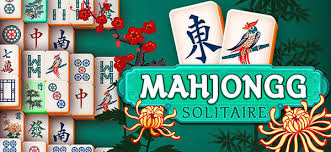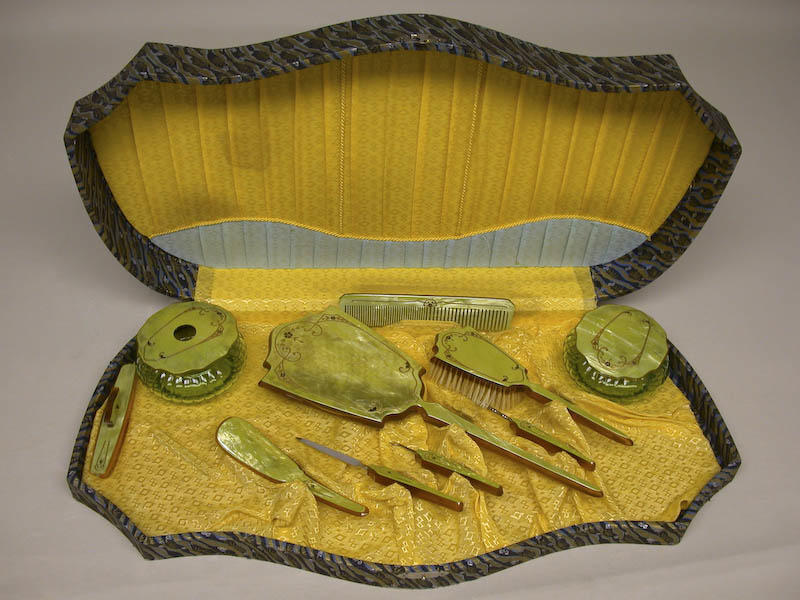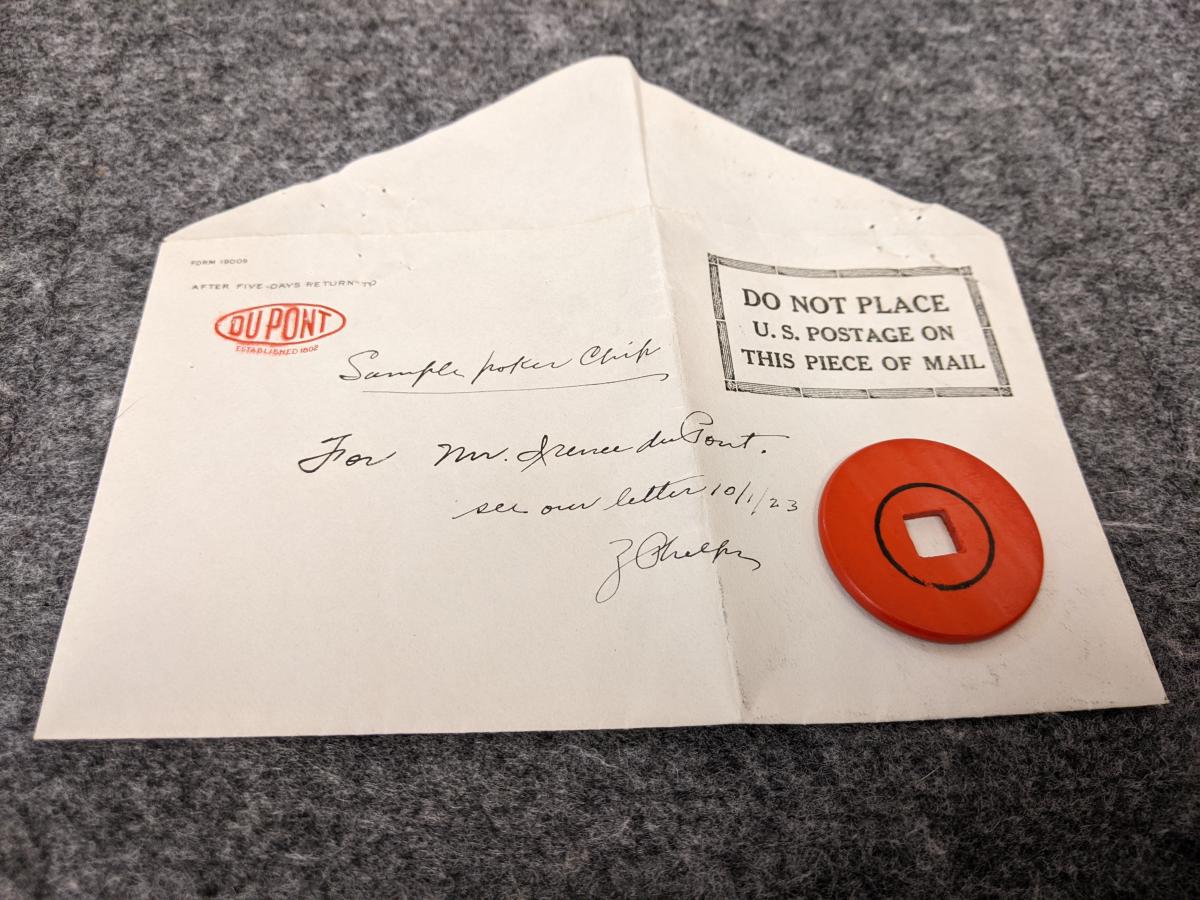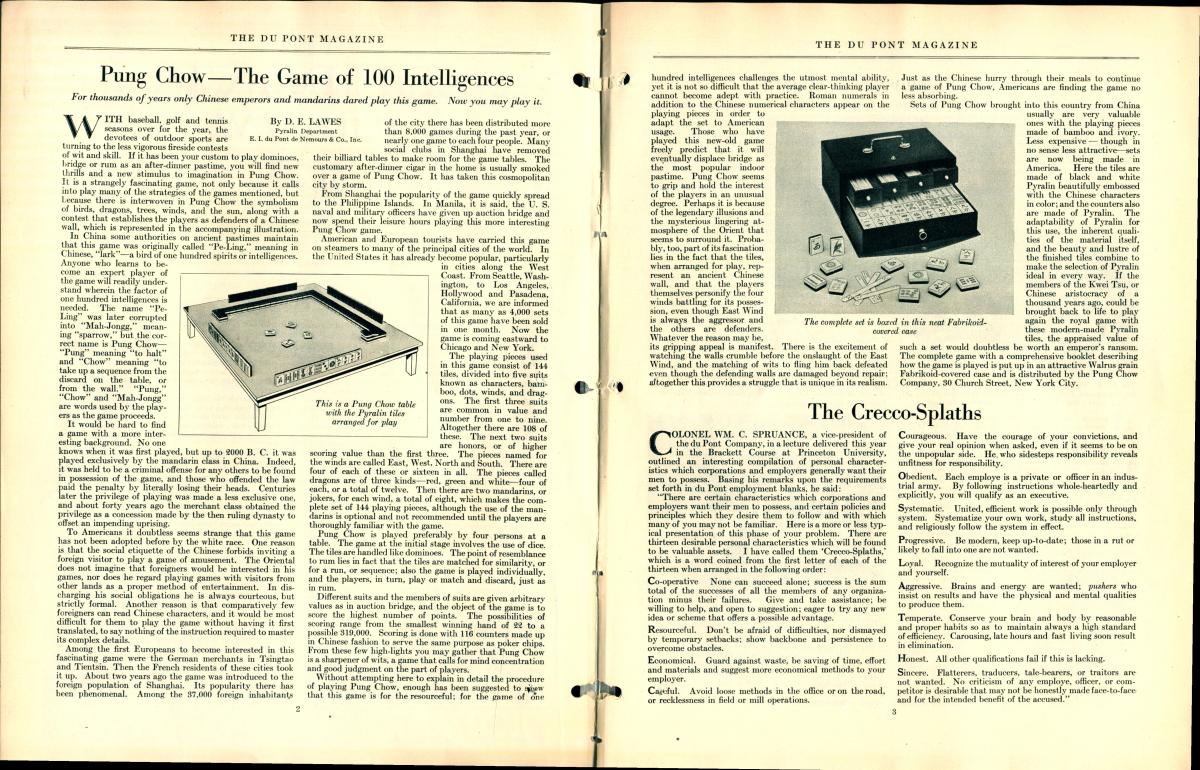Sometimes when I am playing a game on my computer, I get an ad for a Mahjong game like the one to the right. Those so-called Mahjong or Mah Jongg games are simply games of matching tiles. The graphics are nice, and it’s a relaxing pastime, but it doesn’t take much skill or strategy.
 However, the Mah Jongg game that requires both of those things, as well as luck, was developed in Southern China. According to scholar Annelise Heinz, “The mahjong story begins in the Lower Yangtze Delta during the last decades of the Qing (1644-1912), the final Chinese dynasty. The exact origins of mahjong in China are murky, but it likely evolved as a gambling game in the mid-to late 1800s (not the age of Confucius, as American marketers advertised).”
However, the Mah Jongg game that requires both of those things, as well as luck, was developed in Southern China. According to scholar Annelise Heinz, “The mahjong story begins in the Lower Yangtze Delta during the last decades of the Qing (1644-1912), the final Chinese dynasty. The exact origins of mahjong in China are murky, but it likely evolved as a gambling game in the mid-to late 1800s (not the age of Confucius, as American marketers advertised).”
Mah Jongg is a game of skill and chance, similar to gin rummy, but is played with tiles stamped with colorful Chinese images instead of cards. Mah Jongg was first introduced to America in the 1920s by Joseph Park Babcock, a Standard Oil representative who had learned about the game while living in Shanghai. He then published Rules of Mah-Jongg, a book which simplified how Mah Jongg was played.
According to an article in the New York Times about Mah Jongg, “The first sets were sold by Abercrombie & Fitch in New York and were so popular that the owner Ezra Fitch had representatives scour China for as many sets as could be found. Milton Bradley and Parker Brothers produced their own versions.” The game has had several trademarked names, such as "Pung Chow" and the "Game of Thousand Intelligences".
In reading about the game as played in America, I found a surprising connection to the DuPont Company. The Pung Chow Company, which was incorporated in March 1923, appears to have been the first to use tiles made of Pyralin, provided by the DuPont Company. In 1885, The Arlington Manufacturing Company, in Arlington, New Jersey, began making the material they called Pyralin. It was used to make washable celluloid collars and cuffs for men. DuPont bought the company in 1915 and used Pyralin to replace ivory in almost any accessory of the time.
The many DuPont Pyralin Toiletware catalogs that we have, like this one from 1923, contain various items including brushes, clocks, nail kits, shoe horns, picture frames as well as beautiful dresser sets. Here is a dresser set that is part of the Hagley Museum Collection.


Pyralin was also used for poker chips, and dice before the Mah Jongg craze. A letter to DuPont president Irénée du Pont in 1923 suggested that the DuPont plant in Poughkeepsie, New York could make Mah Jongg counters as well as poker chips.
 I found several mentions of these tiles in DuPont Magazine. This article from September 1922 describes a set made of “Black and White Pyralin beautifully embossed with the Chinese characters in color; and the counters also are made of Pyralin.” The set came in an “attractive Walrus grain Fabrikoid-covered case” from the Pung Chow Company in New York City.
I found several mentions of these tiles in DuPont Magazine. This article from September 1922 describes a set made of “Black and White Pyralin beautifully embossed with the Chinese characters in color; and the counters also are made of Pyralin.” The set came in an “attractive Walrus grain Fabrikoid-covered case” from the Pung Chow Company in New York City.
So whether you relax by matching Mah Jongg tiles online, or enjoy a good game of “100 Intelligences” with a new or vintage Mah Jongg set, enjoy the beauty of the tiles by playing a game which continues to be popular today.
Sources and Further Reading
Babcock's rules for mah-jongg; the red book of rules,by J. P. Babcock. [c.1923]
Accession 1662: E.I. du Pont de Nemours & Company. President's Office records. Box 20, Folder 1
Linda Gross is the Reference Librarian at Hagley Museum and Library
